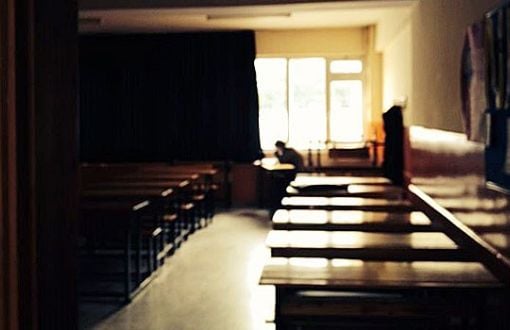Click to read the article in Turkish
Bahçeşehir University Economic and Social Studies Center (BETAM) has pointed out that 2,175,000 young people discontinue their education in 2014.
It has been noted that extending compulsory education to 12 years, has helped young people register for school yet has not solved the problem of not attending school.
Data
In 2014, there were 1,081,000 young women and 1,095,000 young men between the ages of 15-19 discontinued their education.
Some of the findings in the research are as follows;
* There is a slight improvement in attendance rates in 2014. There is a 0.5 point decline in the non-attendance to school between the ages of 15-19.
“It has come out that this decline arises from the improvement in the situation of young women. Meanwhile, no change has been observed in young men continuing their education. Nonetheless, the percentage of young women continuing their education has risen from 63.3 to 64.4”.
High school dropouts increased
* More than half of those who discontinue their educations are elementary school graduates.
* There are small improvements in the education levels of young people between the ages of 15-19 from 2013 to 2014. The number of young people who have graduated any education has dropped to 396,000 from 399,000.
* The number of elementary school graduates has decreased to 1.205.000 from 1.296.000.
* The number of young people who gave dropped out high school or above has increased. While in 2013, 316,000 of young people who were not registered in any school were high school graduates, the figure has increased to 324,000 in 2014.
“If Turkey longs for a workforce with high productivity in the future, it should search for ways to integrate this age group to the education system, which relatively can return school more easily”.
Neither education nor labor
897,000 young people in age group of 15-19 have neither continued the education nor managed to participate in labor force. Of these people, 655,000 were women whereas 241,000 were men.
Absence in being neither education nor labor force issue is at a more serious stage for young women. The share of women who are neither in education nor in labor force recorded a fall from 10.3% to 9.8%.
“It is attention grabbing that one fourth of the young woman population is outside the economic and educational life. The factors such as their education level, marital status, having a child are important in determining their decision to participate in labor force.
“Even the women’s aged between 15-19 remaining distant from labor force market, gives negative signals about low woman participation which is an important structural issues of Turkey”.
Housework
Majority of the women not looking for job are occupied with housework and child-elder caring.
The rate of the women saying they can’t look for job because of being occupied with the housework or looking after families or elder people in the family is 73.1%. This rate marks a slight decrease compared with 2013.
Traditional division of labor related to social gender roles is influential on young women staying away from labor force market. It is seen that three out of four women willing to continue education and not taking place in labor force market don’t participate in labor force market due to housework and domestic responsibilities.
Rate of attending school
There are huge differences between the regions in Turkey in terms of rate of attending the school. While the attendance rate is 50.8% in the Southeast Anatolian Region in 2014, the figure reached 73.2% in the Marmara.
The difference between the highest rate of attendance and lowest rate of attendance dropped to 22.4% in 2014 from 22.7% in 2013. (YY/DG/TK)




